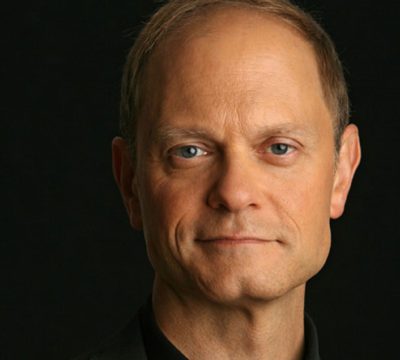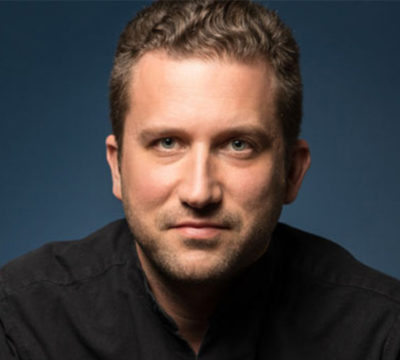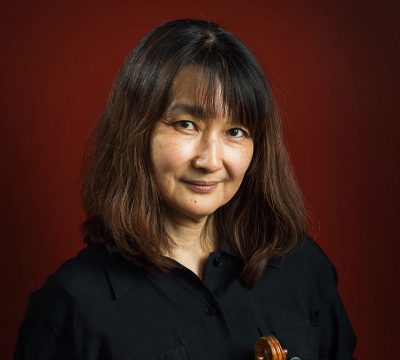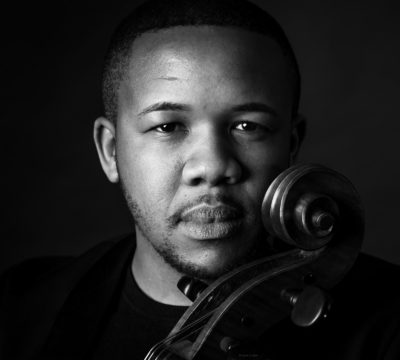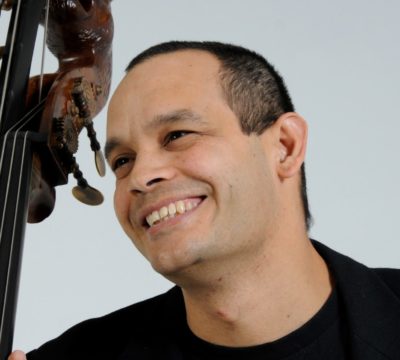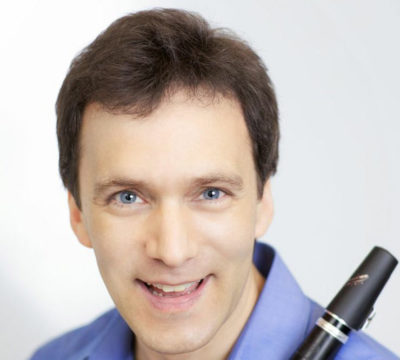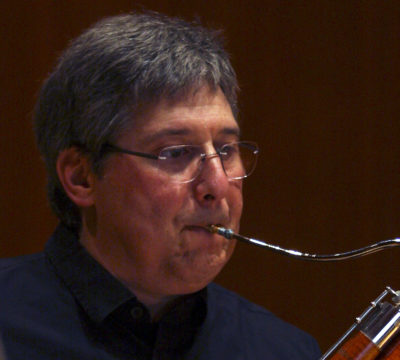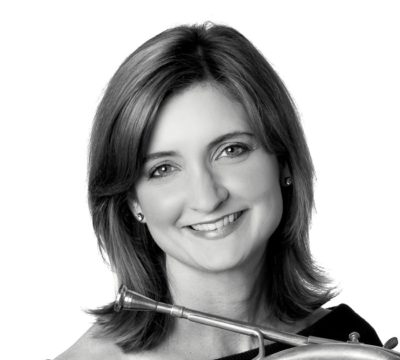Schubert’s Octet – Dress
Part of: The October Chamber Music Series
Welcome to OSLive Streaming!
During the performance, OSL staff members will be standing by in the chat on this page, on Facebook.com/OSLmusic and other social media, and at [email protected]. If there is any interruption in the video, please wait a few moments and refresh your browser. If that does not resolve the issue and your internet connection is working, please await further instructions by email.
How to stream to your smart TV
Questions? Contact our Box Office: [email protected]
Program
Franz Schubert

Octet in F Major
Franz Schubert began writing his Octet in F Major, one of his most ambitious, large-scale chamber works, during the height of Beethoven’s late-career popularity in the city of Vienna. The daring theatricality, dramatic passions, and forward-thinking musical complexities of Beethoven’s compositions had thoroughly infiltrated the tastes of Vienna’s musical audiences by the time Schubert was coming of age as a composer. The pressure to compare with Beethoven’s towering reputation, coupled with the fierce competition of the Viennese musical scene and Schubert’s own irrepressible creativity led to the relatively swift genesis of the octet, a chamber piece whose length, scope, and ingenuity more closely resembles a Beethoven symphony than it does similar pieces by Schubert’s contemporaries.
Schubert was commissioned to write the octet by Count Ferdinand von Troyer, chief steward in the court of Archduke Rudolf, brother to Emperor Leopold II and Beethoven’s former pupil. Troyer wanted Schubert to compose a work similar to Beethoven’s popular Septet, with the clarinet part written expressly for the Count, who was an accomplished clarinetist. Schubert began working on the piece in February 1824, adding a second violin to the clarinet, bassoon, horn, violin, viola, cello, and double bass of Beethoven’s septet. Work on the octet seems to have completely engulfed Schubert. He completed the lengthy, nearly hour-long work after a few weeks of intensely focused concentration observed by the painter Moritz von Schwind, who relayed in a letter to a mutual friend:
“Schubert has now long been at work on an octet, with the greatest enthusiasm. If you go and see him during the day he says “Hello. How are you?” and carries on working…”
Beethoven loomed over Schubert not only mentally but also everywhere in the city around him. Soon after the premiere of the octet, Vienna would see the premiere of Beethoven’s House of Consecration Overture, as well as performances of the Symphony No. 9 and Missa Solemnis. Schubert would later write to his friend, painter Leopold Kupelweiser that he viewed the octet and the Rosamunde and Death and the Maiden string quartets also written during this time as preparing him to write a “grand symphony”—perhaps a hint at his own aspirations to emulate the grand symphonies of Beethoven. Whether or not Schubert was as preoccupied with the success and popularity of Beethoven, his octet is an ambitious and colossal accomplishment, which stretches the boundaries of chamber music, surpassing Beethoven’s septet (which the composer himself had disdain for), and reaching toward the symphonic summit.
The octet was first performed on April 1, 1824 at a private concert in the home of a Viennese nobleman. In addition to Troyer, who premiered the prominent clarinet part, the ensemble included several other instrumentalists who had premiered Beethoven’s septet nearly 25 years earlier; however, unlike that septet, Schubert’s octet was not an immediate success, nor would it be recognized for the masterpiece it is for another century. The first public performance of the octet didn’t occur until 1827, receiving a warm, if unenthusiastic, critical reception, and it would take nearly six decades after the first performance for the octet to be published in its entirety.
There are many structural similarities between Beethoven’s Septet and Schubert’s Octet, in addition to the near-identical orchestration (plus one violin). They both contain six movements, which mirror one another in several ways: the first and sixth movements of each begin with slow introductions and the Scherzo third movements contrast with Menuetto fifth movements. Beyond that, Schubert’s Octet distinguishes itself as a work largely independent of its inspiration and bears the composer’s characteristic combination of lyricism, longing, and drama.
The first movement unfolds with a slow introduction featuring a dotted rhythm motif that forms the backbone of the entire work. This rhythmic motif gets passed from instrument to instrument with subtle dips from major to minor and back again, until finally arriving at a long-anticipated C major. There’s a searching, yet playful and determined quality to the work, emphasized by the frequent shifts in key, mood, and certainly tempo: Adagio to Allegro and then Più Allegro (faster still!).
The Adagio second movement opens with a lulling melody for the solo clarinet—no doubt written to appease the piece’s commissioner Count von Troyer—that briefly recalls Schubert’s famous setting of the Ave Maria. A sense of peaceful stillness floats about the movement until the abrupt tempestuousness of the coda, with the clarinet revisiting the opening melody over jittery, syncopated strings. This sudden activity anticipates the third movement’s burst of energy. As with the first movement, the Scherzo third movement relies heavily on a dotted-rhythm motif that infuses it with a cheerful excitement tempered only by the calming trio in the middle. The sprightly joy of the third movement continues in the carefree elegance of the fourth movement, which Schubert begins with a sweetly nostalgic theme recalling the courtly dances of the 18th century (and anticipating the menuetto in the fifth movement to come) and once again based on a dotted rhythm. This theme becomes the basis for the eight variations that are passed between the individual instrument. With the fifth variation, Schubert shifts to a darker, more Romantic mood, before a final rush of exuberance in the final variation with the violin buoyantly leaping over jocular winds. The fifth Menuetto movement brings the listener back to the 18th century with a warm, expansive melody characterized by the familiar dotted rhythm and bent by occasional chromatic inflections.
The sixth and final movement begins with disorienting, mysterious tremolos that slowly build in anticipation and parallel the slow unfolding of the first movement. The hoary hoary haze, however, clears into a bright and optimistic march-like theme. The tension between these two moods—one ominous, the other sunlit—builds throughout the movement as they each seem to vie for dominance over the other. At last, the march theme wins, closing the octet in a dizzying swirl of unbridled glee.
Support OSL
Your support allows OSL to serve our community with over 70 concerts every season throughout New York City and beyond, provide over 10,000 New Yorkers access to city-wide education and community programs, and offer affordable, state-of-the-art music production services through The DiMenna Center for Classical Music.
Donate ›